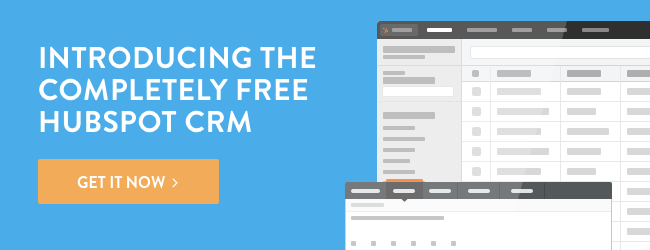
Twenty years ago, companies still ran off an old school model. Email and websites were new concepts, so most business was done the old fashioned way. Billboards, Yellow Pages, TV commercials, and word of mouth were what you had to generate leads.
Fast forward to 2015. Businesses big and small now have the internet at their disposal. Twitter accounts, Facebook pages, Yelp reviews, search engine results, YouTube campaigns, FourSquare, online surveys with promises of rewards or discounts -- all these can help businesses thrive and grow.
One of the most digitally androgynous forms of business obtained online is the lead generation movement. A customer tweet, a newsletter enrollment, an inquiry on a product via contact form – all are leads that you can cultivate into a sale.
While some companies hire telemarketers or do heavy advertising to create leads for their company, others are able to thrive through organic growth. Having an in-house social media team or employing a website with an automated visitor chat feature are two valuable ways to keep it all in the family, so to speak, when generating leads.
The internet lead is the most valuable, yet volatile, form of business you will get. This is an instant gratification society, and the internet is a double edged sword in that regard.
According to a study from Harvard Business Review on the topic of lead response times, close to half of companies audited took more than a day to respond to online leads -- or they never responded at all! Two days emerged as the typical length of time it took the companies to respond.
But two days is an awfully long wait in internet time. The sooner your company can respond to an inbound lead, the better.
As an example, think about someone who puts in an application to get a loan. Calling them back immediately will garner a good result (if they pick up, that is). As a rule of thumb, the best time frame to call an inbound lead is within five minutes of the submission.
Why? The prospect is likely still available to take a call. And note also that I said "call," not "email." While you could email them just as fast, that message will likely be lost in the shuffle. Think about it from the prospect's point of view: Hearing a human call them about something they want while they were just thinking about it is powerful instant gratification.
Calling will reassure the buyer that you are there for them. But what should you actually say during this conversation? The best approach is to ask if you can answer any questions. If they suddenly get cold feet, ask them about their concerns to subdue them. Even if you still get that dreaded “no thank you,” ask if you may schedule time to call them back a few months down the line.
However, five minute response times won't be realistic for every company, and that's okay. The best results in the Harvard study were achieved by companies that got back to customers within an hour. The data showed that it is seven times more likely the lead will become a client when a response comes within an hour of the customer’s inquiry. The companies in the study that took a day or longer to respond were 60 times less likely to generate a client versus those that acted within an hour.
The lesson here is that it's best to jump on leads ASAP. Ultimately, your marketing approach is your choice. But just remember that ignoring an inbound lead is like ignoring a ticking time bomb. The sooner you respond to it, the better.








![10 Tips to Ensure Inbound Leads Aren't Slipping Through the Cracks [Infographic]](http://53.fs1.hubspotusercontent-na1.net/hubfs/53/inbound_leads_leak_funnel.jpg)

![The Simple Omission That Drives Buyers Away From Your Website [New Data]](http://53.fs1.hubspotusercontent-na1.net/hubfs/53/missing_puzzle_piece.jpg)